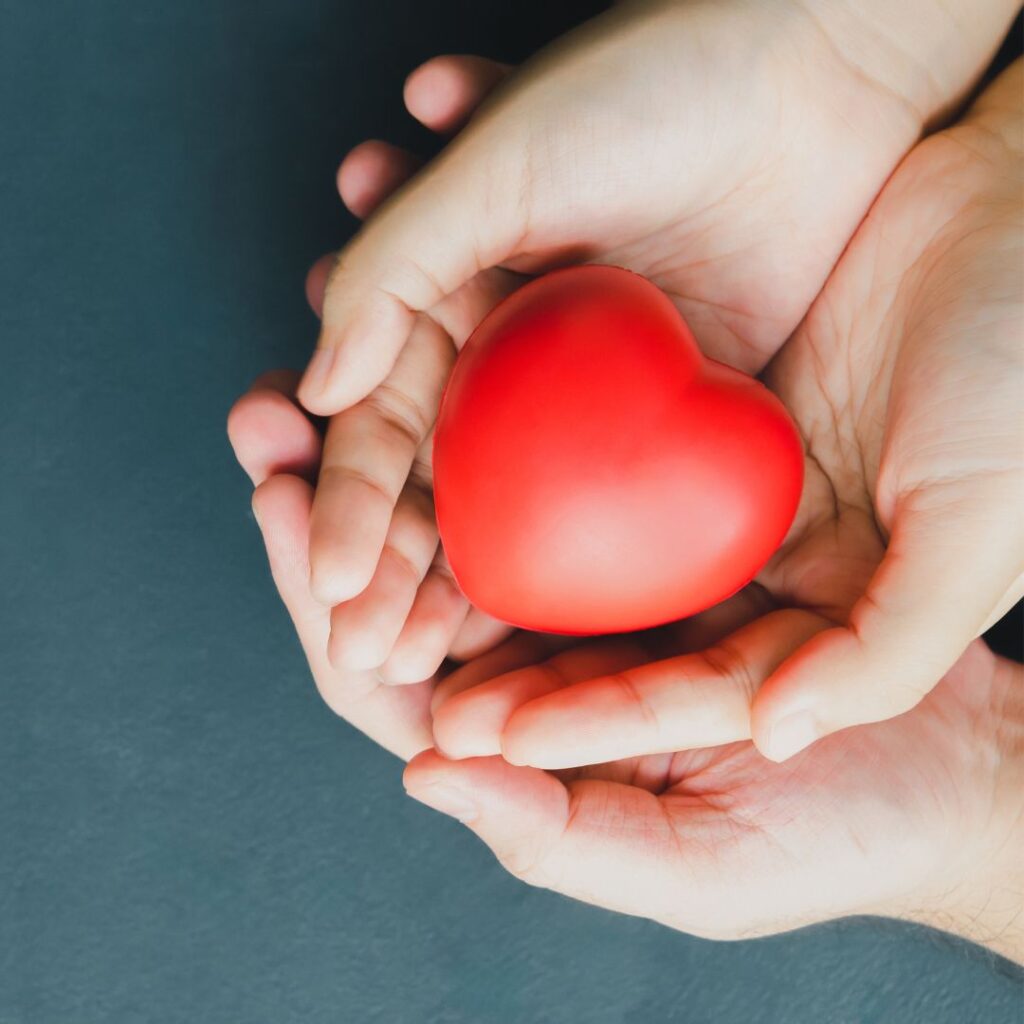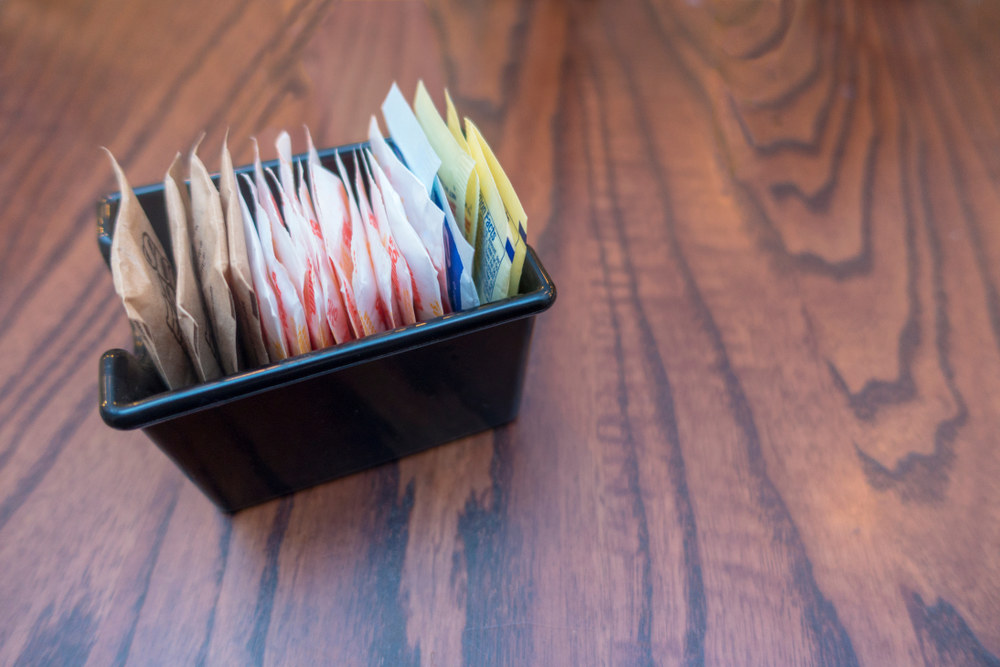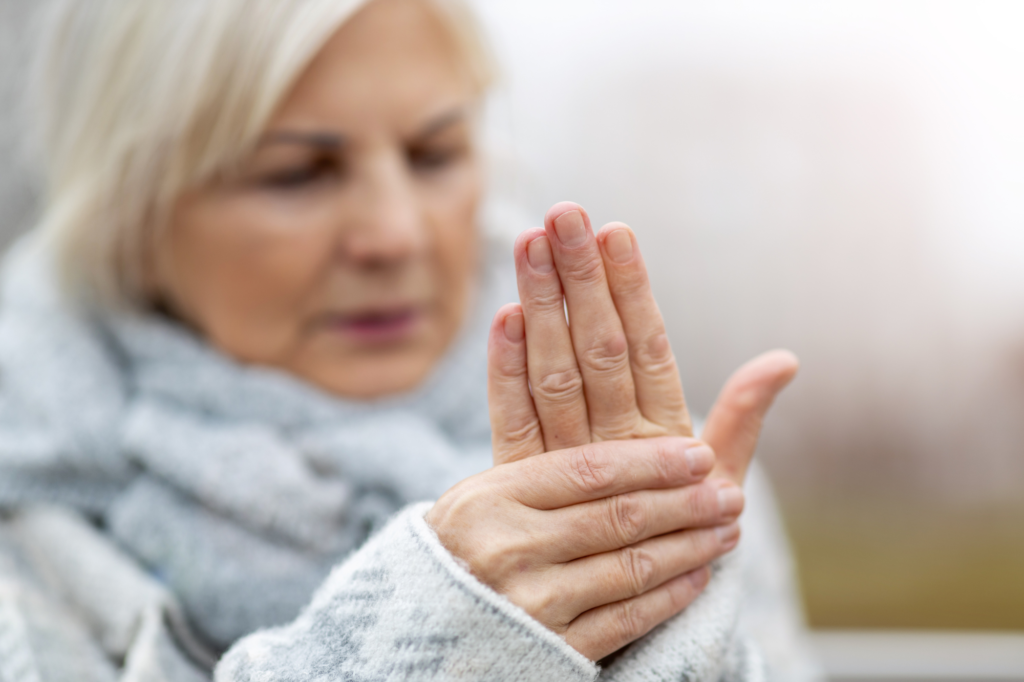October marks National Cholesterol month, which reminds us of the importance of managing our cholesterol levels to maintain a healthy heart.
What is cholesterol?
Cholesterol is a type of fat belonging to the category of steroids that exists in all our cell membranes. It is vital for such functions as nerve transmission, the formation of vitamin D needed for bone health, the manufacture of our sex and of some of our stress hormones, and for the formation of bile. Approximately 80% of our total cholesterol needs are synthesised in our liver whilst only 20% comes directly from our diet.
Dietary wise, is cholesterol good or bad for you?
High cholesterol levels have been implicated in the progression of heart disease and gall bladder disease. We do need cholesterol but certain factors such as a diet low in fibre, high in sugar and alcohol, high in caffeine, high in saturated fat and certain lifestyle factors such as stress, low exercise and smoking have been implicated in higher-than-normal levels which could be bad for your health.
Lowering your cholesterol levels via your diet is not a matter of simply cutting out the cholesterol containing foods. In fact, studies show that eating a diet containing moderate amounts of cholesterol, for example eggs, is not associated with an increased risk of heart disease.
Your key dietary considerations are as follows:
- Alter the type of cholesterol you have by increasing the HDL form. This can be done by increasing exercise, reducing stress levels and introducing foods such as garlic, soya and the good essential fatty acids.
- Remove foods that may interfere with the regulation of cholesterol synthesis which includes alcohol, caffeine and refined sugars.
Dietary recommendations to reduce your cholesterol levels
- Introduce brown rice into your diet at least 4 times a week
- Increase pulses and legumes into your diet such as lentils, chickpeas and beans
- Consume fresh fruits and vegetables.
Make sure you are eating the right fats
- Reduce your intake of fatty meats, such as sausage meat, pates, bacon, lamb and pork
- Limit your intake of dairy produce, make the switch from full fat milk to semi skimmed or even better change to organic soya milk
- Consume fish at least 3-4 times per week, especially in the form of wild or organicsalmon, mackerel, sardines, pilchards and herring
- Eat nuts; they are also a source of essential fatty acids, minerals and other beneficial nutrients. Previous studies have shown that ingestion of nuts, particularly walnuts or almonds, may lower serum cholesterol levels
- Increase your soya intake, soya beans are high in plant oestrogens, which have an antioxidant effect and phospholipids, namely lecithin, which help to escort unwanted cholesterol out of the arteries and stop too much entering in the first place
- Eat garlic, beneficial qualities include its ability to reduce cholesterol levels and protect cholesterol from oxidation
- Drink green tea, evidence shows it may help reduce cholesterol, however it does contain a small amount of caffeine so be moderate with your intake
- Reduce your intake of sugar, avoiding foods that contain refined carbohydrates including biscuits, cakes, puddings, pastries, sugared breakfast cereal, carbonated drinks, chocolate, and other confectionery, ice cream, jams, processed and canned foods
- Alcohol, for women have no more than one drink per day or two per day for men ensuring that you have at least two alcohol free days per week. ‘One drink’ has no more than ½ ounce of pure alcohol, e.g. 12oz beer, 4oz wine, 1-1/2oz 80% spirits or 1oz 100% spirits
- Reduce caffeine intake, avoid stimulants which include coffee, tea, chocolate and sugar. Alternatives that can be used are herbal and fruit teas, diluted fruit juice, vegetable and fruit juices.
If you would like to explore whether a consultation with an expert nutritionist at the Glenville Nutrition Clinic could help you, please contact us on 01892 515 905 or send us an email at reception@glenvillenutrition.com




